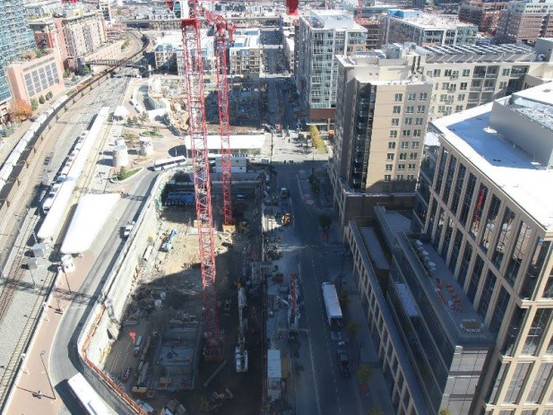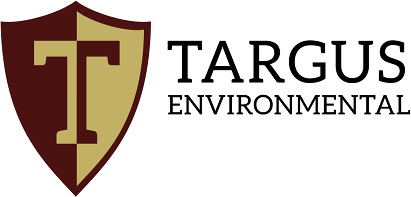Targus was initially retained to perform a Phase I ESA and additional environmental services of an approximately one acre parcel of vacant land. Historically, the subject property was improved as part of a large rail yard from prior to the 1880s until the 1970s. Prior site investigations on the subject property and surrounding area began in the 1990s, continuing through and after the assessment by Targus. During these investigations, soil and groundwater samples were collected and analyzed for RCRA 8 metals, volatile organic compounds, semi-volatile organic compounds, total petroleum hydrocarbons, and polyaromatic hydrocarbons. The subject property, as part of the larger surrounding area, was entered into the state Voluntary Cleanup Program (VCUP) in 2000 due to the regional presence of coal-based fill (CBF) and metals and solvents in groundwater. The VCUP outlined the requirements to receive a No Action Determination (NAD) which included removal of the CBF and the provision of cover consisting of either hardscape or clean fill overburden. After VCUP schedule extension requests and approvals by the Colorado Department of Public Health and Environment (CDPHE) through 2017, the owner of the subject property withdrew this parcel from the 2000 VCUP for the larger overall area and submitted a new stand-alone 2016 VCUP specifically for the subject property parcel alone.
The 2016 VCUP documented characterization of contamination at subject property and surrounding area. CBF was confirmed to extend to depths of approximately five feet. Although groundwater was not used as a source of drinking water, thus eliminating the ingestion exposure pathway, the concentrations of naturally occurring metals exceeded criteria for discharge to stormwater. In particular, arsenate and selenate anions posed a material challenge to treatment of construction dewatering discharge.
Budgetary and technical provisions for proper handling of extracted dewatering liquid (both during and after construction) were confirmed. Verification was obtained from the CDPHE that upon implementation and demonstration that the response action objectives had been fully met a NAD petition was likely to be approved. Based on these assurances, the capital partner agreed to fund construction and enter the joint venture despite the recognized environmental conditions under condition that excavation and dewatering were independently observed and documented.
During excavation and dewatering during construction, Targus was engaged to document proper CBF removal, discharge, and hardscape installation. Targus routinely observed work progress and reviewed provided dewatering and treatment plans, permits issued by the CDPHE Water Quality Control Division for dewatering and discharge, effluent sampling results from the dewatering system, and Discharge Monitoring Reports submitted by the prime contractor to the CDPHE. Targus also reviewed and commented on CBF removal documentation, hardscape (physical control) characteristics, the NAD petition, and subsequent geotechnical opinions for a proposed passive basement garage drainage system.
Targus provided appropriate opinions and conclusions pertaining to the provided documents and verified CDPHE approval of the NAD petition which then was considered a controlled recognized environmental condition.

